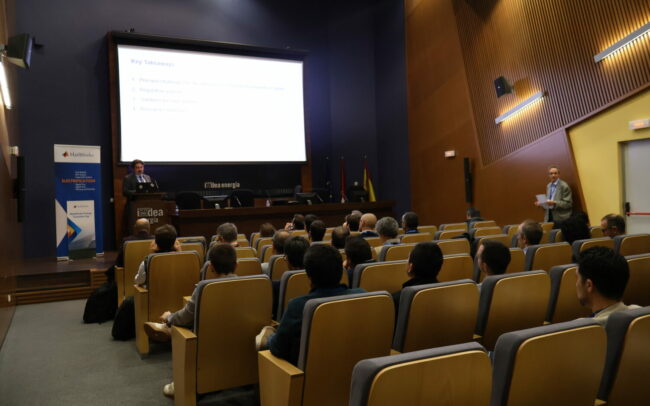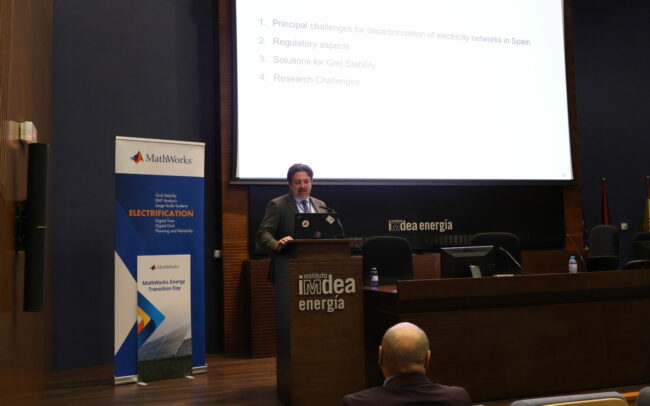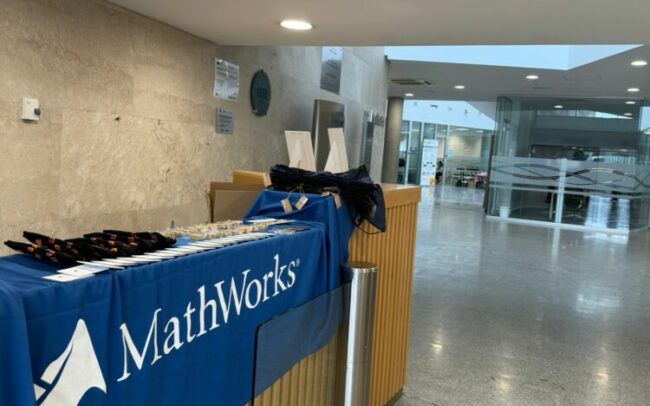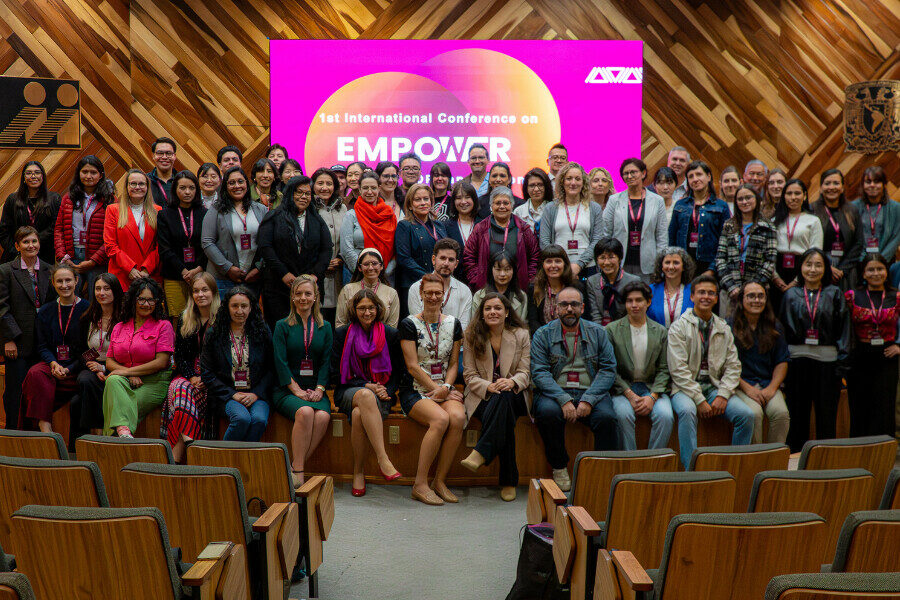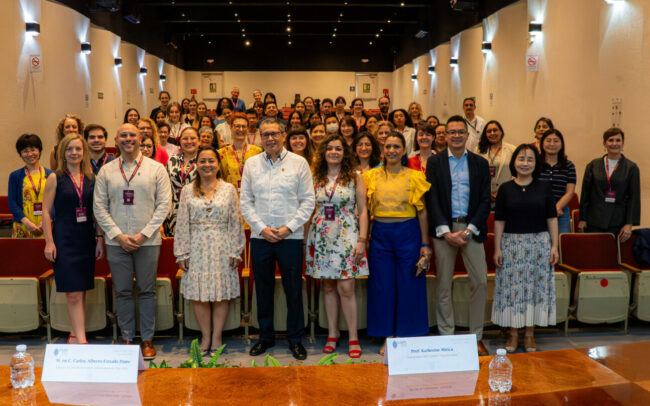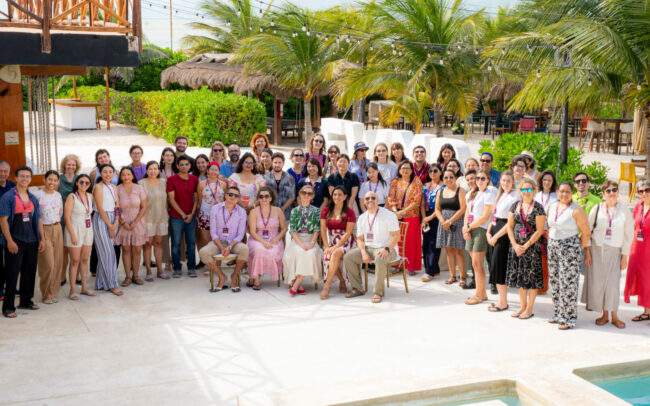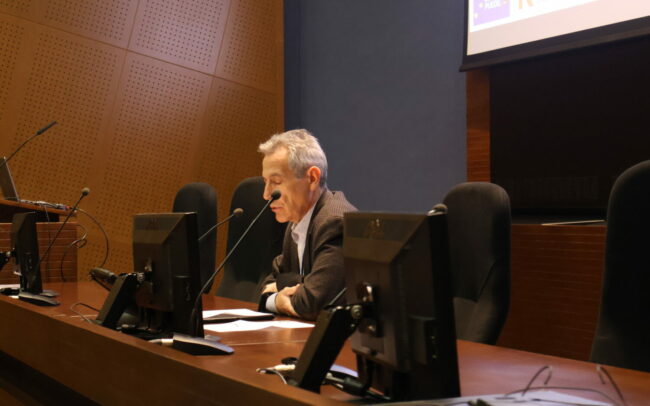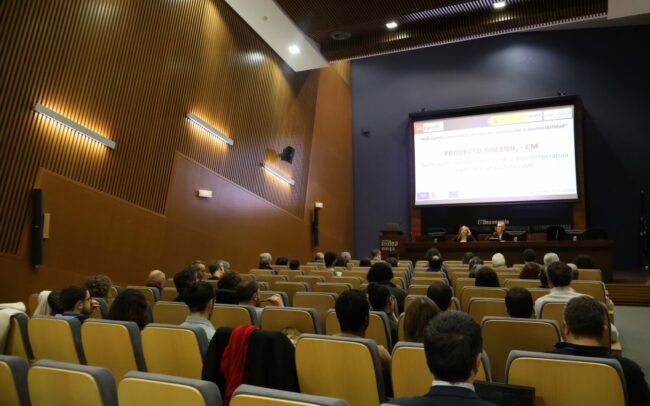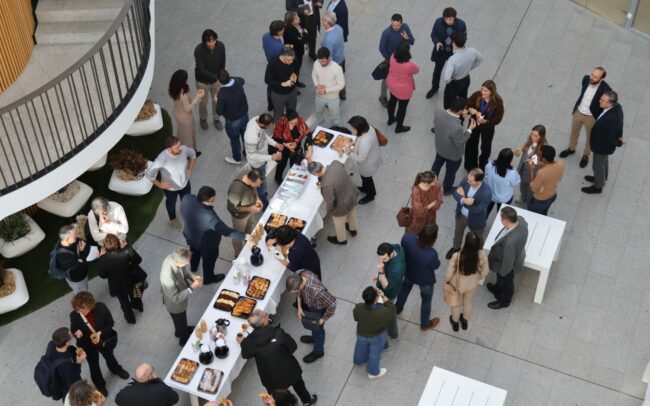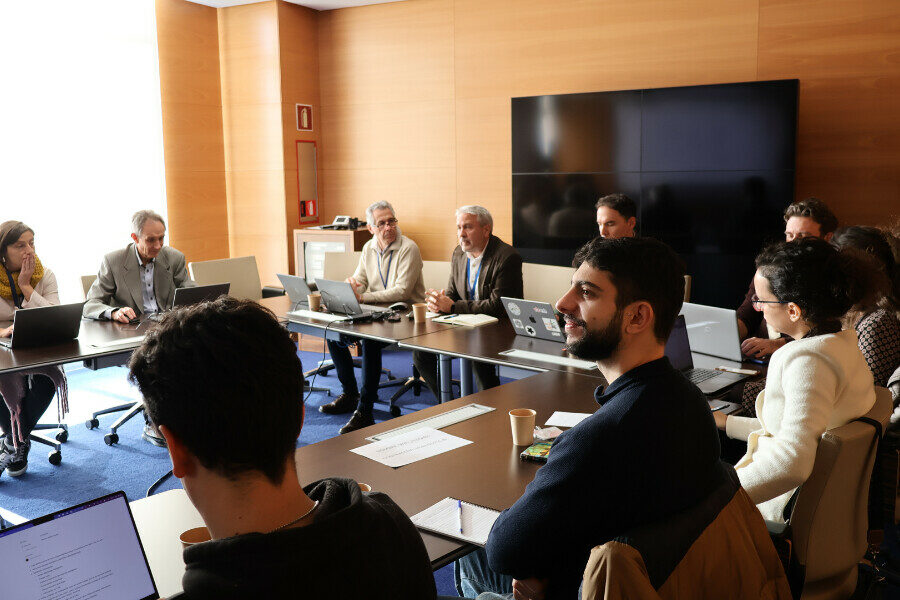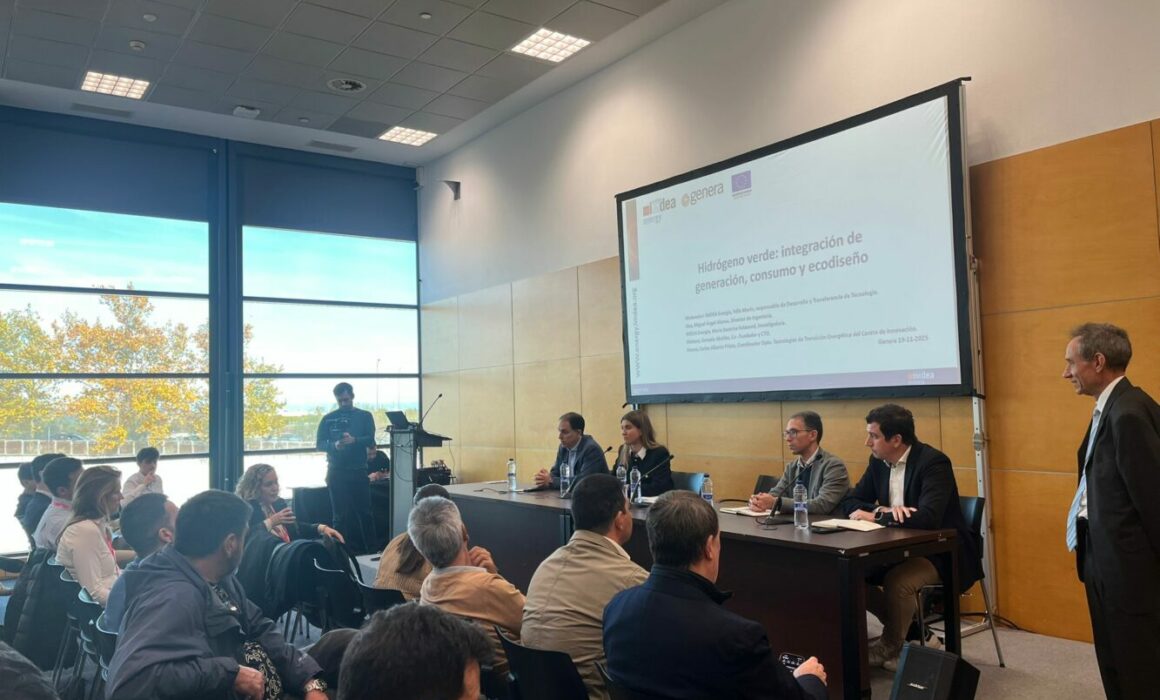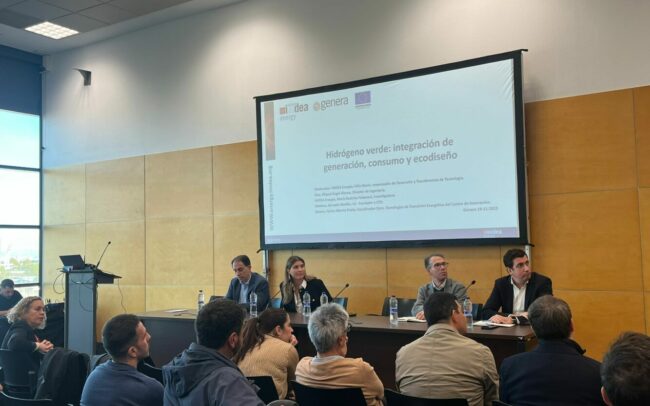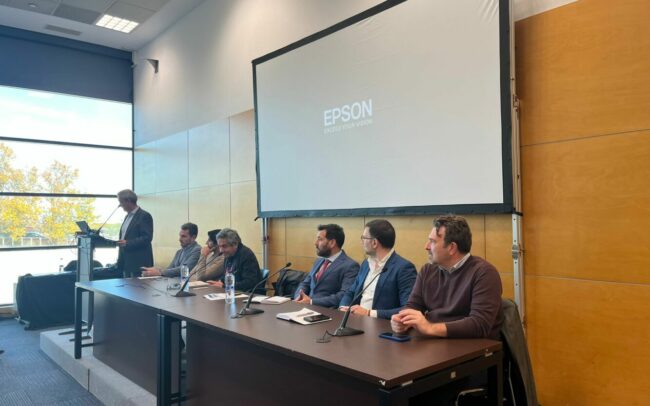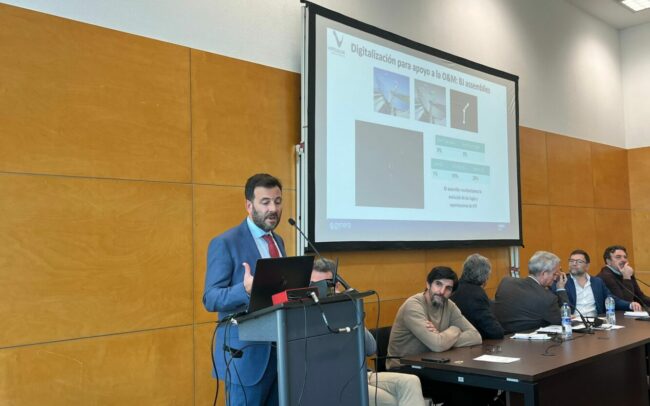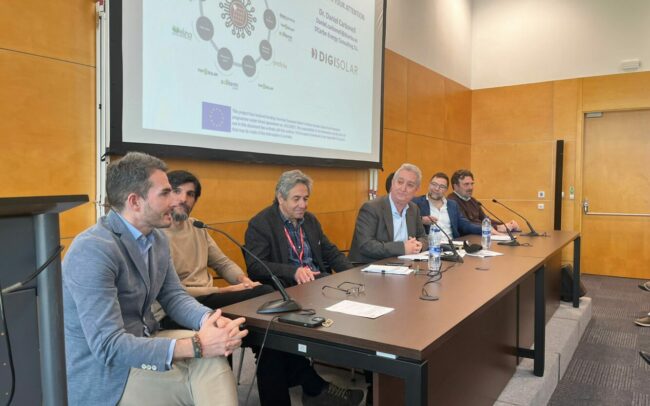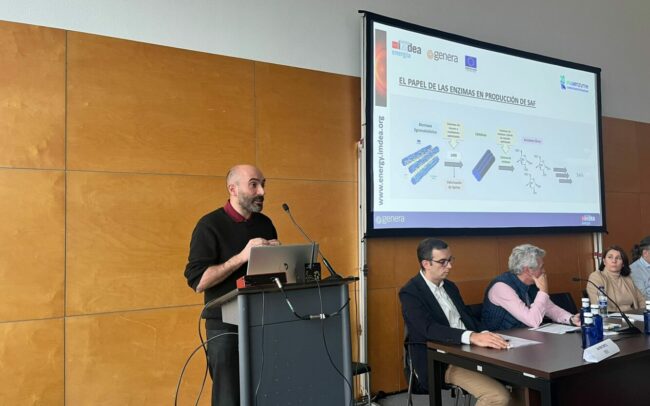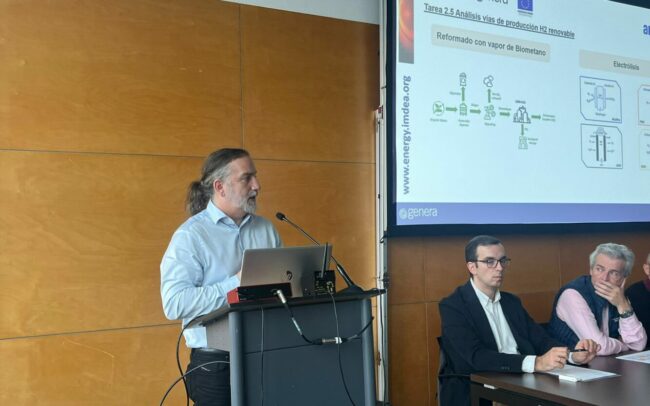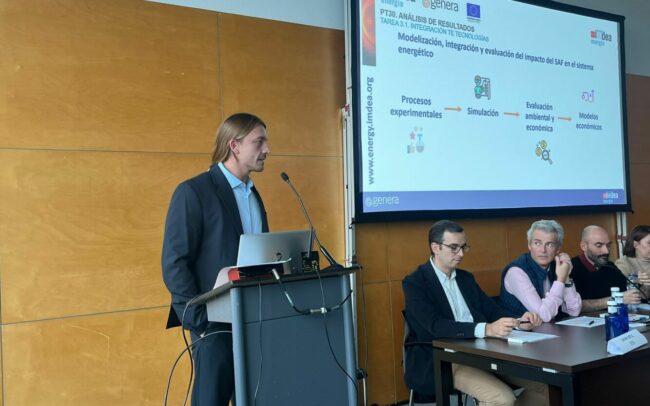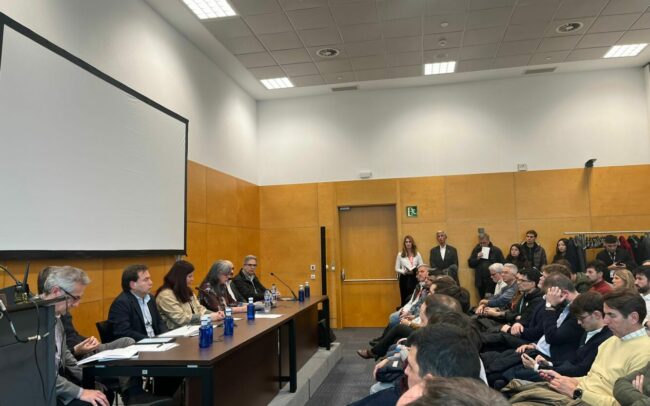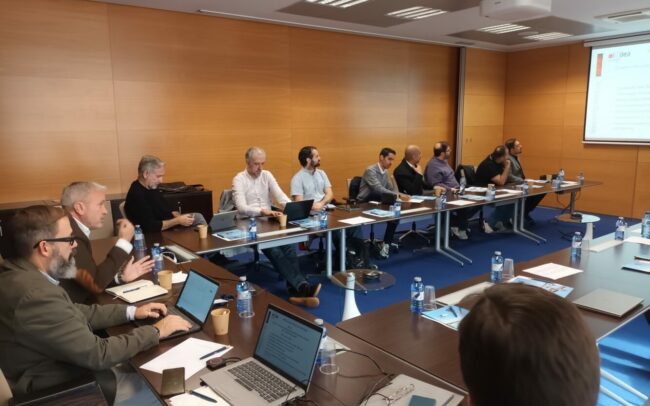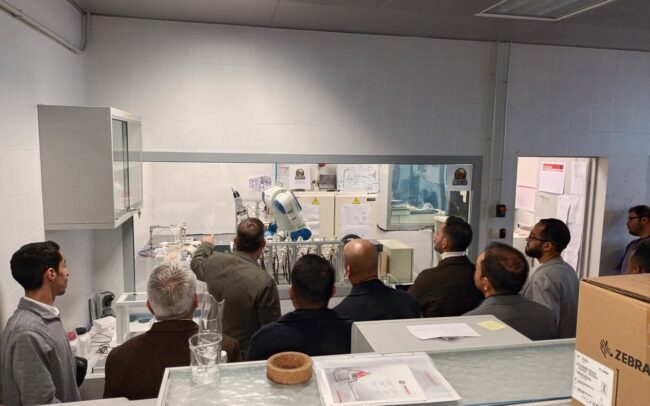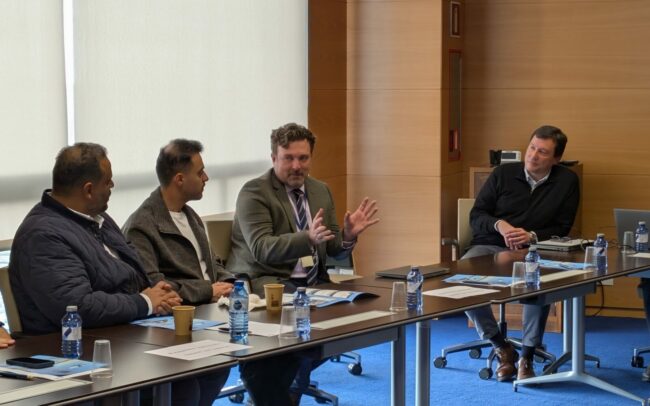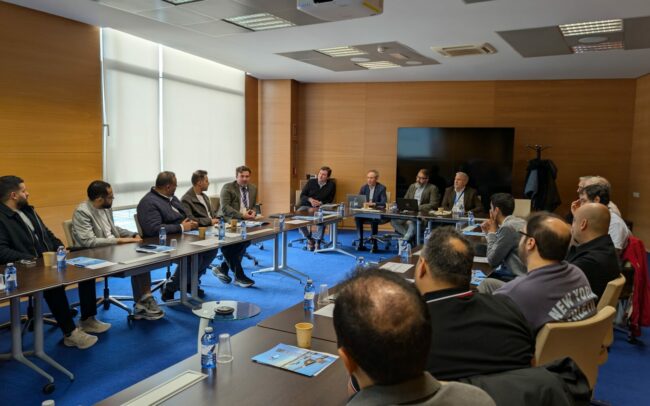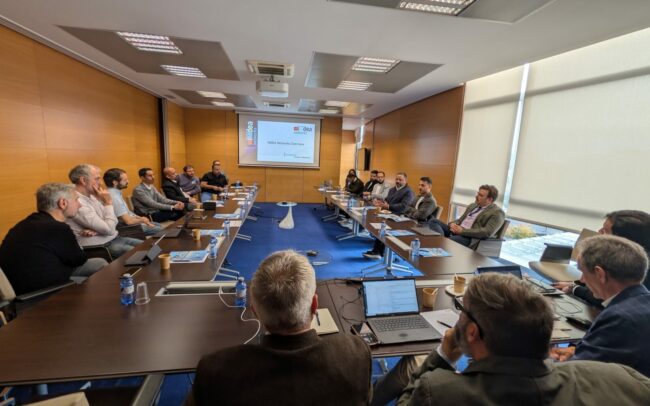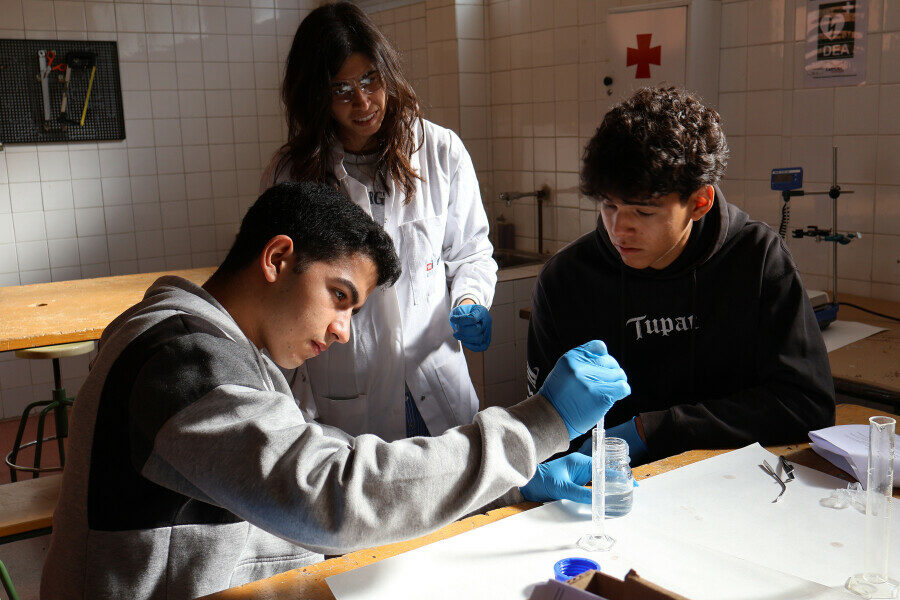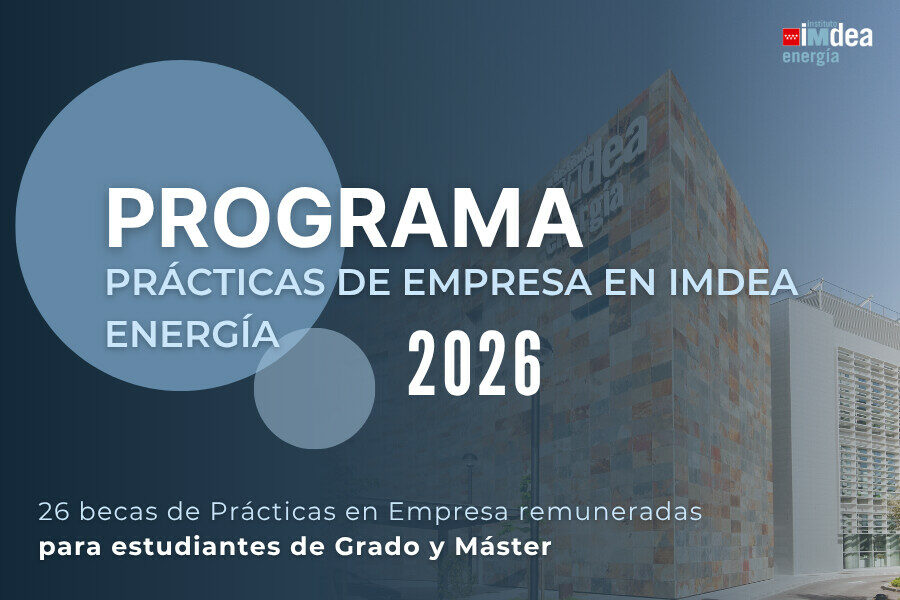IMDEA Energy and MathWorks bring together experts to tackle the challenges of modeling and simulation in complex energy projects
IMDEA Energy, in collaboration with MathWorks, hosted this thursday the technical workshop “Modeling and Simulaition in Complex Energy Projects: Challenges and Solutions”, an event that brought together specialists from academia, technology centers, and industry at the Institute’s headquarters to analyze the challenges the energy sector faces in developing advanced projects.
The session opende with Jesús Palma, representing IMDEA Energy, and Juan Nasarre from MathWorks, who both emphasized the growing importance of modeling and simulation as key tools for reducing risks and accelerating innovation in a sector undergoing a profound energy transition.
The program began with a keynote presentation by Milan Prodanovic, head of the Electrical Systems Unit at IMDEA Energy, who outlined the technical challenges associated with decarbonizing power systems. He was followed by Sid Attia from MathWorks Industry Marketing, who discussed digital workflows that enable progress from conceptual design to the deployment of energy solutions.
The event also featured contributions from leading companies in the field. Tecnalia, represented by Ángel Pérez, showcased simulation applications for designing active filters using advanced modulation techniques. Red Eléctrica Española, with a talk by Luis Ángel García Reyes, presented new tools for stability analysis and interactions in power systems with a high penetration of power-electronics converters.
In the energy storage segment, Hesstec’s Elyas Rakhshani addressed the modeling and control of hybid storage systems integrated into grid-forming architectures. Arteche, with speaker Aitor Salazar, delvered the talk “From Light to Bit”, focused on optical measurement technologies, while Norvento, represented by Mario Rizo, concluded the technical program with a presentation on the application of optimization techniques to the design of robust stability converters.
In addition to the technical sessions, attendees were offered a guided tour of the Smart Energy Integration Laboratory (SEIL), where IMDEA Energy is developing cutting-edge research in renewable integration, energy storage, and power electronics.
The event, aimed at renewable generation companies, grid operators, battery manufacturers, engineering firms, and technology companies, wrapped up with networking session.

